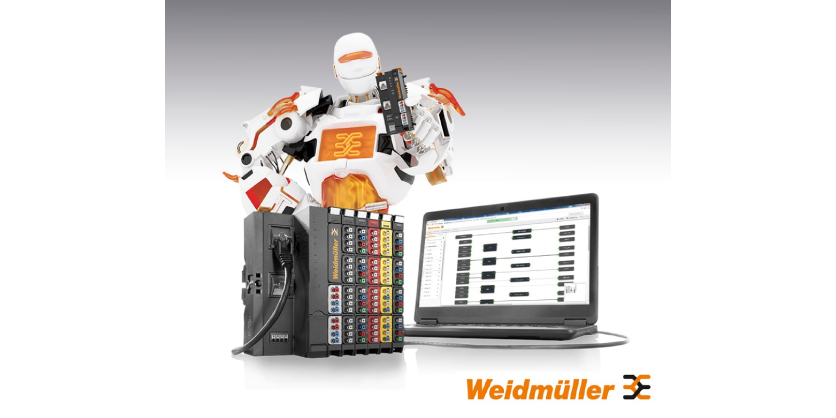Schunk: VERO-S NSE-A3 138

April 11, 2019
SCHUNK has developed the VERO-S NSE-A3 138 automation module specifically for automated machine tool loading as well as for applications in handling, assembly and automation technology. The clamping module is part of the extensive SCHUNK VERO-S modular system, which enables more than 1,000 possible combinations for efficient workpiece clamping.
For reliable workpiece and clamping device changes, the automation component is equipped with a powerful blow-off function, which carefully cleans the bearing surface during the changing process. In addition, a spring-actuated cone seal prevents chips or dirt from penetrating into the interface.
High rigidity
An enormous pull-down force of 8,000 N or 28,000 N with activated turbo function, as well as a high dimensional stability of the module body, result in the benefit of the rigidity of automated quick-change solutions. Thus, even high tilting moments and lateral forces can be reliably absorbed.
Depending on the application, the modules can be combined in any quantity. Centering inserts with flexible elements ensure positional orientation with a high repeat accuracy and maximum process reliability in automated operations. The repeat accuracy is < 0.005 mm. Due to the conical fitting, the clamping pins can also be joined into the modules eccentrically, making this process incredibly easy.
The actual clamping is done without any external energy supply via spring force; it is form-fit and self-retaining. This means the workpieces remain safely clamped in the case of a sudden drop in pneumatic pressure. A pneumatic system pressure of 6 bar is enough to open the module.
Integrated anti-twist protection and media transfer
If the modules are used individually, a standard integrated anti-twist protection ensures a stable position in the highest configuration. By means of the integrated media transfer, fluids with permissible system pressures of up to 300 bar can be transferred, for example, to control clamping devices using Plug & Work or to supply components for automated monitoring.
As part of the VERO-S modular system, the automation module benefits from a variety of combination options – from standard plates to SCHUNK TANDEM clamping force blocks to mechanical vises from the SCHUNK KONTEC series.
Product features
- Pull-down forces of up to 28 kN (with turbo function)
- Integrated cone seal by default
- Anti-twist protection V4
- Stepped contact surfaces
- Integrated blow off cleaning function
- Integrated media transfer
- Optional sensor variants
- Monitoring of the “open” and “locked” clamping slide position
- Corrosion free design
- 500,000 clamping cycles with consistent precision
For more informatyion, visit HERE.



